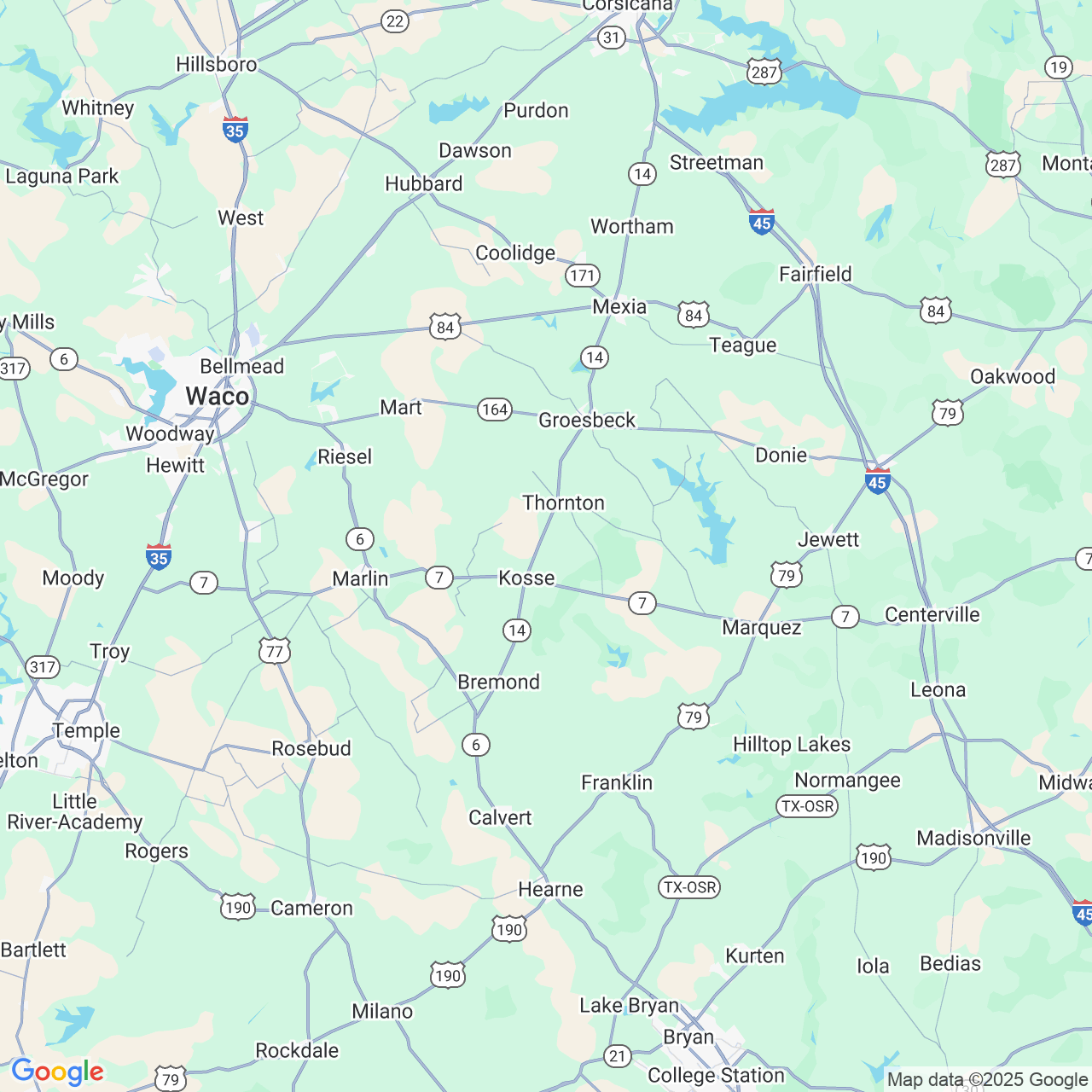Researchers Grow Hair Skin in Indiana Lab
 Scientists Now Trying to Figure Out Why the Accidental Discovery Occurred
Scientists Now Trying to Figure Out Why the Accidental Discovery Occurred
Researchers at the Indiana University School of Medicine have discovered a process for growing skin – including hair follicles, which offers hope for people experiencing hair loss. What’s more, it was entirely by accident. They shared their findings in the article, “Hair Follicle Development in Mouse Pluripotent Stem Cell-Derived Skin Organoids,” in the online journal, Cell Reports.
The researchers had originally intended to grow the inner ear tissue of a mouse. Stem cells were cultured in a three-dimensional ball, and specific signaling molecules were utilized in order for the cells to hopefully grow inner ear tissue. They were able to grow all that, and more.
They expected to grow epidermis cells—the top layer of skin—since those cells are found in inner ear tissue, but what they didn’t expect was that the lower layers of skin would be there as well. These are the layers that feature hair follicles and sweat glands.
"In the developing embryo, the inner ear comes from the same layer of cells as the top layer of the skin, [the epidermis], so it was no surprise that skin and inner ear tissue formed in tandem," said Karl Koehler, Ph.D., assistant professor of otolaryngology-head and neck surgery at IU School of Medicine, in a news release issued by the University. "We were surprised to find that the bottom layer of the skin [the dermis] also develops."
It’s a Mystery
The researchers aren’t even sure why this happened—why by growing inner ear tissue of a mouse, they were also able to grow hairy skin right alongside it. The fact that both the epidermis and dermis layers are growing together causes the hair follicles to develop in much the same way they would in living tissue. To top it off: This is the first time that hair follicles have been grown in the lab.
"Our study shows how to encourage hair development from lab grown mouse skin, which has been particularly troublesome for researchers to recreate in culture,” Dr. Koehler said. A postdoctoral fellow in his lab, Jiyoon Lee, Ph.D., assisted in the research.
How it works is that both the upper and lower skin cells (the epidermis and dermis) form a sphere-like ball of cells, a skin “organoid.” The cells in this ball of skin are much like real skin cells, only they’re inverted. In other words, the top layer of skin is facing inward. These organoids proceeded to develop much like the skin in a mouse embryo.
"After about 20 days, we were amazed to see that skin organoids sprouted hair follicles," Dr. Koehler said. "The roots of the follicles protrude from the skin organoids in all directions."
Science Never Sleeps
The scientists aren’t done yet, however. Or at least, the skin they’ve been able to grow isn’t perfect. These organoids still lack a lot of what makes skin—well—skin, including immune cells, blood vessels, and nerve endings. And of course, the organoid is inside-out, yet another hurdle that the scientists must one day cross.
"The shape of skin organoids is another problem that needs to be addressed in the future," he said. "Because the organoids are inside-out compared to normal skin, the layers of dead cells and hairs cannot be shed as they are normally, so we need to find a way to flip the structure of skin organoids."
Further Implications
Assuming that these hurdles can be overcome, lab-grown natural skin could have enormous benefits in many areas of life. It could help burn victims and be useful in drug testing. It can also aid in our understanding more about the basic growth of hair, which could then help to understand why it falls out. Furthermore, if we’re able to grow skin in the lap, it would reduce the need for testing skin products on living animals. At the moment, though, these skin organoids live for about a month, which is just long enough to study it as much as possible.
Growing skin—down the line—could mean a lot for the treatment of many skin diseases, cancers, burns, etc. Previously, skin grafts were about the only way to replace skin, and that procedure has its own host of issues. But this new discovery has all sorts of implications for growing skin from scratch in the laboratory, and extending from that, there may be implications in the future for growing hair follicles from scratch, which could then be transplanted to bald spots on the head.
This is, of course, doesn’t mean that a cure for baldness is around the scientific corner, but the better we understand how to grow skin—especially the hairy kind—in the lab, the closer we’ll be to finally solve it.
We at Arocha Hair Restoration send our congratulations to Dr. Koehler and Dr. Lee, and thank the National Institutes of Health, the Indiana Clinical Translational Sciences Institute and the Indiana Center for Biomedical Innovation for providing the necessary funding for the research. As always, we caution the hair restoration community that while these advances are very exciting, they are many years, and perhaps even decades away from becoming medical treatments. We will continue to keep you updated as researchers continue to learn about hair loss and hair growth.
Contact Us



